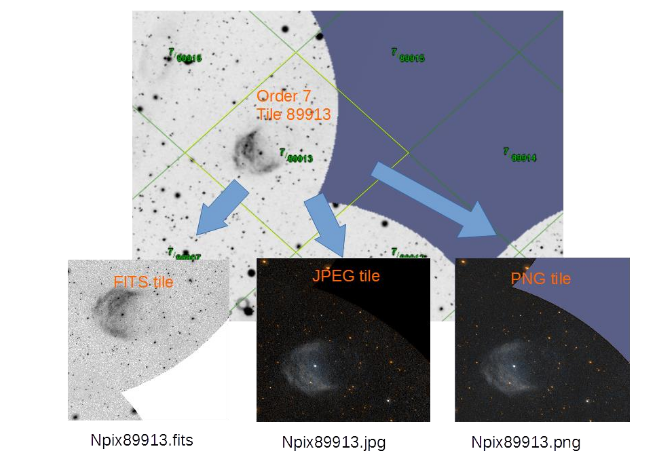Link to GitHub repository: https://github.com/BoostGSoC18/geometry
The work is present under the following branches:
Summary
The goal of this project was to implement the direct and inverse geodesic algorithms in the Boost Geometry library. These methods were proposed by Charles Karney in his paper in 2011.
In a previous blog post, the inaccuracy of the existing methods was discussed, which provided inconsistent results for nearly antipodal points. To monitor the progress, a weekly report was provided through GitHub, which summarized the work done. Finally, benchmarks were performed against existing methods in Boost Geometry. The performance metric used was execution time and accuracy.
Additional material, such as utility scripts for parsing the …
